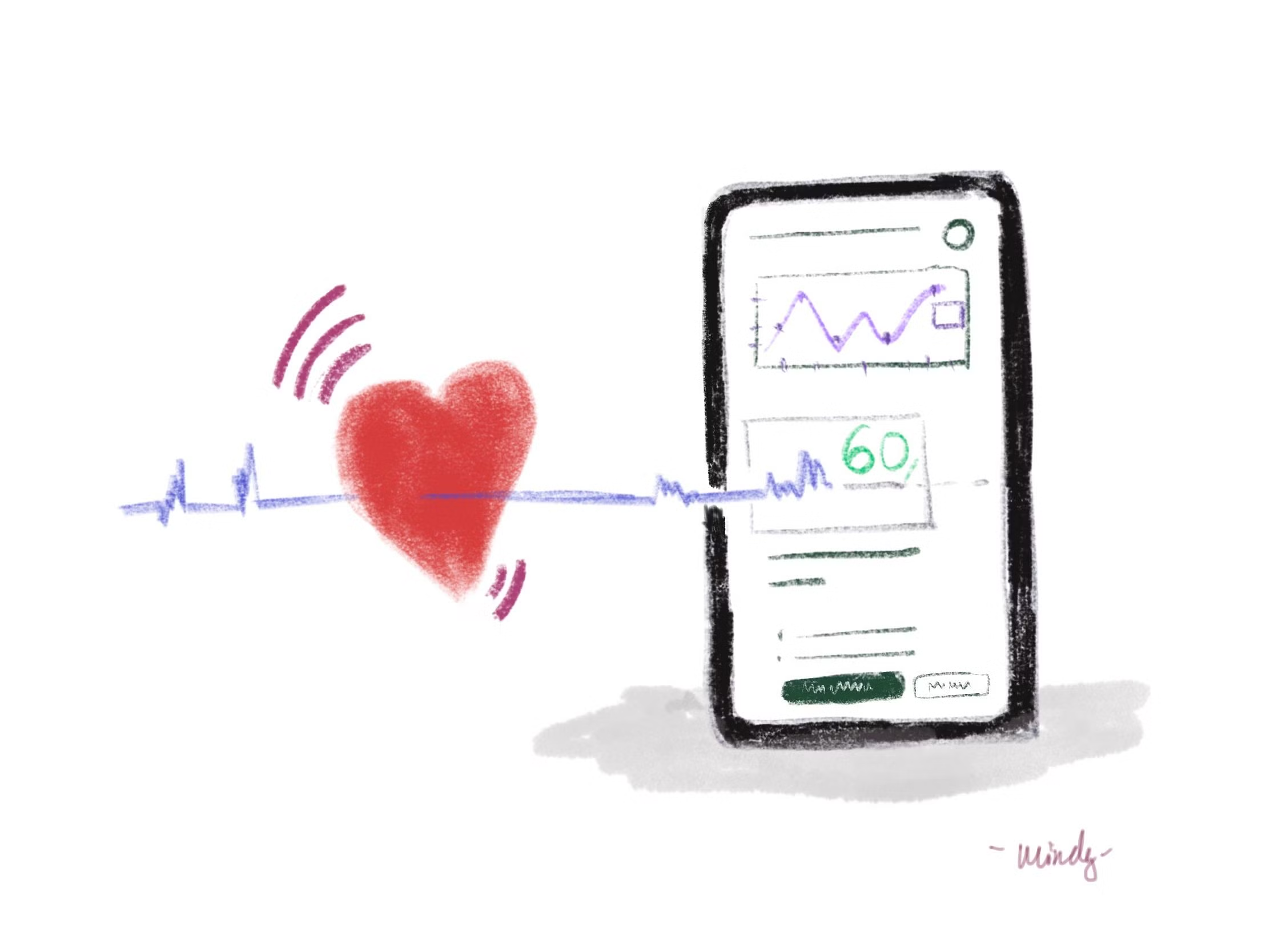We are living in a world where 2.5 quintillion bytes of data gets created every day. This amount is doubling nearly every 40 months. Nihar Satapathy even calls data the currency of the future: “Data is going to be the currency of the future. Data is what’s driving most of the value. The data already exists; we just have to figure out how to use it in a different way. The customers of tomorrow will not expect you just to build something for them…”
If companies are collecting this much data, how do they visualize and communicate it? They need to figure out how to convert the data into something meaningful and impactful, something that can be acted upon. A clever way of bringing data to life is by storytelling.
Data itself is just a collection of numbers. To create useful and easily digestible visualizations of this data, a narrative has to be added. The addition of those details helps to build a picture in someone’s mind to truly make sense of the story. These inclusions will help the marketing team tremendously in order to tell the stories that make for successful campaigns and customer journeys.
How to tell a good story?
A good story needs to be entertaining, educational, organized and memorable to engage their audience. Data visualization can be used in creative ways to represent its data and statistics through storytelling. With this method, a company is able to show patterns, prove theories and draw conclusions about a hypothesis that can help drive decisions. The company gains insights from the data visualization, which provides great insides about what happened, why it is important and how it can be turned into something actionable.

Letter
The importance of data visualization
Data visualization can provide insights that traditional descriptive statistics cannot. Telling a great data-driven story provides improved insights for both stakeholders and customers which leads to faster decision making at the stakeholder level. Acting upon insights faster and make informed decisions sooner than competitors, gives the company a great advantage as speed is key in our highly competitive world. Well visualized data can also drive the conversion rate of customers. By using data visualization to make key observations about customers’ wants & needs, it conversely helps with lead generation and customer retention.
How to create data visualization?
The first thing that needs to be clear is to know your audience. Who are you talking to? It is critical to know your audience in order to determine what aspects of the story you want to concentrate on when representing your visualizations. The last thing you want is to overwhelm your audience with unnecessary information. Knowing your audience is critical but so is deciding what data is most important to them. You have to choose an effective visual and remove all unnecessary clutter and figure out where you want your audience’s attention to go. Be empathetic, every visual element should fulfill the purpose of serving the needs of your audience.

Tell a story with your data
As mentioned above, an engaging story needs to be entertaining, educational, organized and memorable. I’ve created 5 steps to sum up what needs to be performed when you want to engage with your audience through storytelling with your data visualizations.
- Research. Find a storythat resonates with your target audience. One which the audience can relate to and engage with.
- Structure. Good storytelling needs a beginning, a middle and an end. Additionally, it needs to have a theme and a purpose.
- Data. It might take weeks to collect data from multiple sources or conducting market research. However, good, credible data makes a real difference when you come to write your story.
- Story. Find it in the data.The story might be the data itself or the story might present itself in a surprising way. Another approach is to create a story from unrelated market data that relates to your target audience.
- Design. How will the data be presented? Will it be an infographic? Does your audience prefer interactive data visualization or do they prefer a series of static charts?
Resources:












